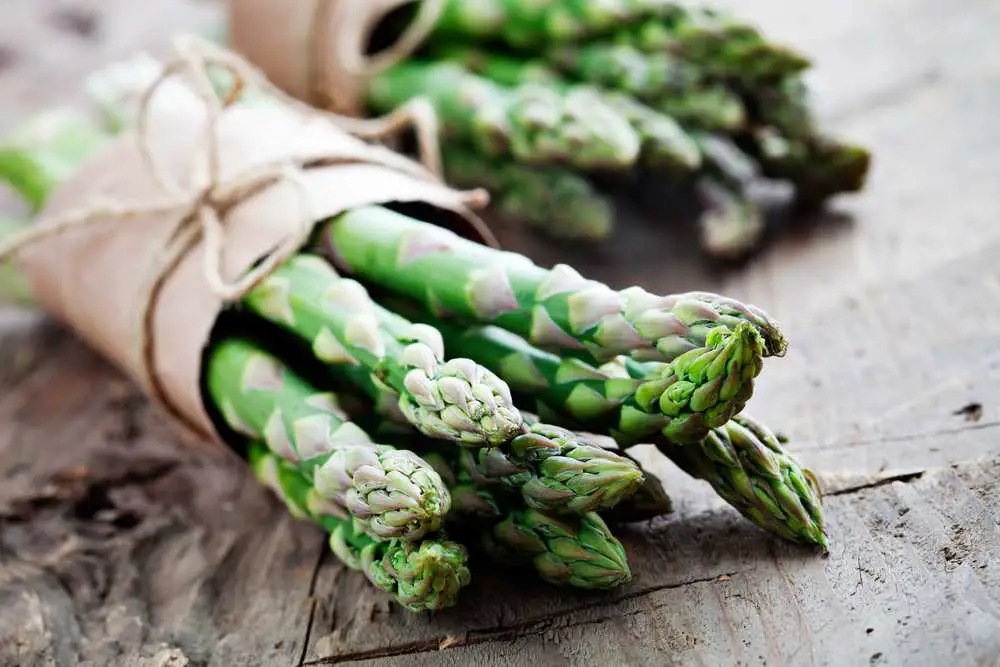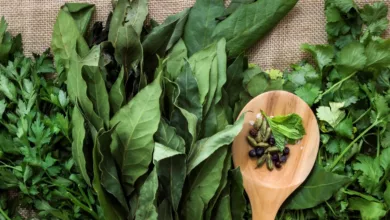Asparagus Growth: How Does Asparagus Grow?
Asparagus is a herbaceous perennial vegetable, which means it can be an exceptionally long-term crop, possibly lasting up to 20 years. It can be grown from dormant plants known as crowns or from seeds. The Royal Horticultural Society provides in-depth information on how to grow your own asparagus.
An important tip for beginners: it’s best to avoid harvesting your asparagus for the first couple of years. This restraint allows the plant to establish a strong root system. Once the initial period is over, you can anticipate enjoying homegrown asparagus each spring for many years. These green spears grow upright from the soil and are harvested by a simple cut at the bottom.
Moreover, asparagus plants can be male or female. The male plants are known to produce more spears of better quality. After harvesting, these plants can grow fern-like leaves before dying back over the winter, only to be ready for harvest again in spring. Female plants can even produce red berries in the fall. Intriguingly, in 2018, the leading producers of asparagus were China, Peru, and Mexico, according to the FAO.
Unique Asparagus Varieties: Green and White Asparagus
In some regions of the world, white asparagus is grown. In this process, the asparagus spears never see the sunlight and consequently never develop the classic green color. They’re either grown totally in the shade or remain underground. This method prevents chlorophyll, and therefore the green color, from developing inside the cells.
Nutritional Breakdown of Asparagus
Asparagus is a rich source of numerous kinds of vitamins and minerals. The key ones include:
- Vitamin K: Used for blood clotting.
- Vitamin C: Helps in boosting immunity.
- Folate: Essential for the production and maintenance of new cells.
- Fiber: Contributes to digestive health.
Aside from these, asparagus is also a good source of antioxidants, Vitamin E, Vitamin A, and several B-vitamins.
Health Benefits Supported by Science
Asparagus brings an array of health benefits, supported by various scientific studies:
- Digestive Health: The high fiber content in asparagus aids digestion and helps prevent constipation.
- Heart Health: Asparagus is rich in the B-vitamin folate, which may help maintain a healthy heart.
- Antioxidants: The presence of antioxidants helps neutralize harmful free radicals, potentially reducing the risk of chronic diseases.
- Bone Health: Vitamin K in asparagus plays a crucial role in bone health as it helps in the absorption of calcium.
Warning: Some Asparagus Species Can Be Poisonous
While asparagus offers many health benefits, it’s important to note that some species can be poisonous when eaten. These are mainly used for decoration and floristry due to their attractive green foliage.
From its growth process to its nutritional value and health benefits, asparagus is a fascinating and beneficial addition to any diet. Despite its peculiar side effects (the green smelly pee), it’s a vegetable that promises diverse benefits whether you’re gardening or just cooking up a healthy meal. Understanding its growth process and nutritional profile can help you appreciate it even more, turning it from a humble spear to a star ingredient in your kitchen.




